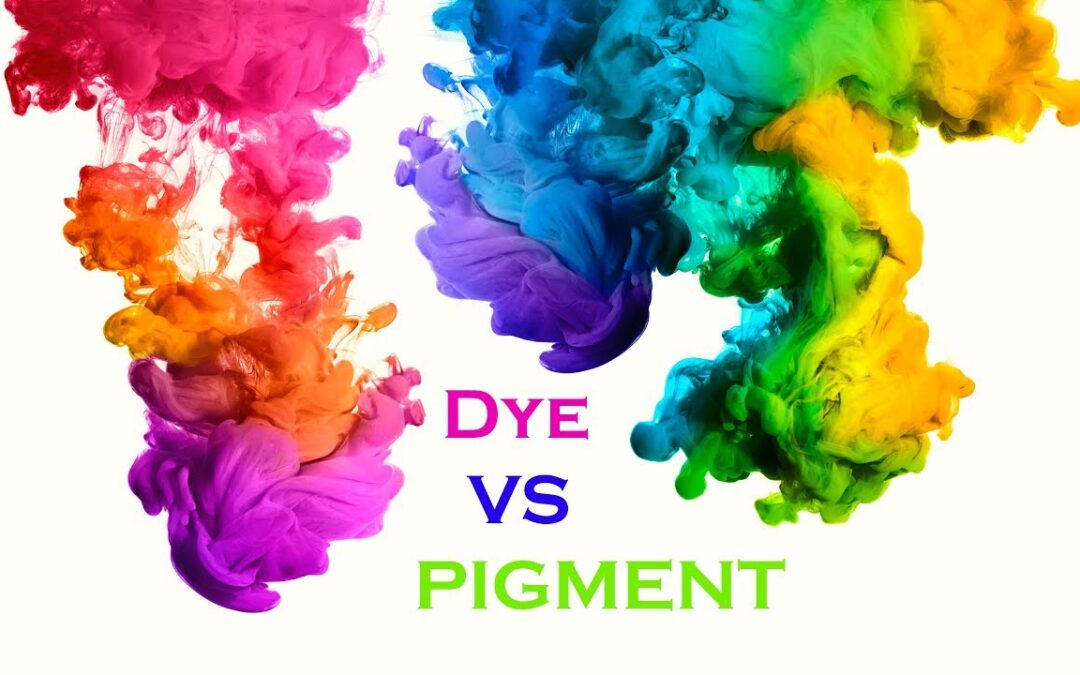What is the difference between dyes and pigments?
Dyes versus Pigments
Both dyes and pigments fall under the umbrella term of “colorants.” Dyes and pigments are both used to color materials, although the way in which the coloring process takes place is different for each. Dyes require some sort of physical or chemical reaction in order for the dyeing process to occur. Pigments themselves are actual particles of color. Unlike dyes, the coloring process with pigments requires a binding or dispersion agent in which the pigment itself is suspended. The coloring process with pigments occurs when the binding or gluing agent, in which the pigment is suspended, attaches to the material being colored. The binding or dispersion agent works as a vehicle in which pigments can achieve the coloring process.
In terms of their chemical composition, one primary distinction between dyes and pigments is that pigments are insoluble in water as well as most other solvents. In general, dyes are either water-soluble or soluble in another type of solvent. As mentioned above, dyes typically utilize some sort of solvent in which the dye is dissolved. This “dye-bath” is typically where the reactions of the dyeing process occur. The coloring of materials with pigments categorically takes place on “the surface” of the product being colored. Once the pigment-dispersion agent mixture is applied to the surface of a material, the next step is for the mixture to convert from a liquid to a solid. This conversion usually occurs via oxidation, leaving a solid coat of color on the surface of the material at hand.
Another primary distinction between dyes and pigments is size. Before the coloring process, pigments are usually ground as finely as possible, resulting in a powder of pigment particles. These pigment particles, which are usually between a few microns in size, are much larger than dye molecules. Since the coloring process with dyes occurs by means of physical and chemical reactions, it is necessary to understand dyes at the molecular level—this is often how different types of dyes are categorized. Some types of dyes are categorized based on their cationic characteristics, and some types of dyes are categorized based on their anionic characteristics. Conversely, the coloring process with pigments doesn’t take place at the molecular level, so pigments are not categorized based on these qualities.
In short, certain types of products require pigments to be colored, and certain types of products require dyes. If you’re wondering which type of colorant your product requires, contact us and let us do the work for you. We will conduct thorough testing to ensure that the chosen colorant is completely compatible with your product, and that colorant will be long-lasting and of the highest quality.

